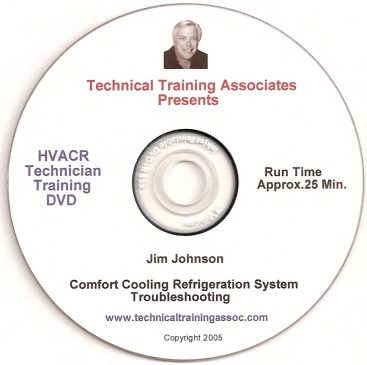It provides acute care to the community with services that include inpatient and outpatient care; emergency services; surgery; long-term care; and occupational, physical, speech, and respiratory therapies. Increasing costs and decreasing reimbursements had led to the hospital's poor financial performance, and the outdated facilities could not provide a comfortable environment for patients and staff. Parts of the facility's infrastructure, including its hvac system, were 30 to 35 years old and well past their life expectancies.
"We had temperature and comfort issues throughout the building, and there was no conformity. People were miserable at times during the summer," says Cheryl Herbert, MCH's CEO.
Stopping the bleeding
In the three years prior to 2001, the hospital had sustained financial losses. Staff turnover rates reached 21% in 2000, and the facilities and technology were in need of updating. After an evaluation of several companies, MCH and Herbert selected Johnson Controls (Milwaukee) to help find solutions to its problems.One of Herbert's main goals was to improve the hospital's overall financial performance. She also hoped that sweeping improvements would help the hospital to become financially independent of county support within five years. The more than $200,000/year that MCH is projected to save because of measures implemented by Johnson Controls will go a long way toward helping the hospital reach this goal.
Upgrading the facilities and technology was another priority. Johnson Controls proposed a facility infrastructure improvement project, which would include a $5.5 million upgrade of the facility's capital equipment and infrastructure and installation of the Metasys(r) bas. Two new chillers, a new boiler, and new AHUs were also essential to the project, but the space for these items wasn't readily available. Thus, MCH began construction of a new 3,000-sq-ft central plant to house the chillers and boilers.
Additionally, while the existing AHUs had been located in the facility's basement, the new units, Trane T-Series Climate Changers(r), needed to be placed on the roof because of the cfm requirements necessary to meet codes. Due to particularly uncomfortable climate and airflow conditions in the facility's surgery wing, Johnson Controls decided to dedicate one of the new AHUs (delivering 6,800 cfm) to that area exclusively. The other AHU (delivering 41,700 cfm) serves the remainder of the building.
Additionally, 44 packaged terminal air conditioning (PTAC) units (described by Johnson Controls' Heath Watson as "vintage 1969 units"), which had been a tremendous maintenance strain and were extremely loud, were replaced with Trane Model 060 fancoil units. However, in order to install the new units, new chilled water pipes had to be run throughout the facility. That installation was no easy feat, as it took place in the basement and crawl spaces.
The agreement also called for enhancing the existing fire alarm system and electrical system upgrades. For its investment in the facilities improvement efforts, MCH should save more than $50,000 annually in utility costs.
Maintaining a steady beat
In order to determine what actions needed to be taken, Johnson Controls developed a department operating systems assessment to evaluate overall satisfaction with the hospital's environmental, nutrition, and facility services departments. "When designing the assessment, they thoroughly examined several areas of business and figured out how we could improve our outcomes in each. The assessment helped us identify areas where our processes needed improvement," explained Herbert.Based on the findings of the support service assessment, Johnson Controls is implementing a three-year O&M program. Johnson Controls has placed an on-site project manager who will have management and financial oversight responsibilities for the environmental, nutrition, and facility services departments. Through implementation of this agreement, Johnson Controls is guaranteeing quantified quality improvements in the services provided by these three departments.
"Through the support services agreement, Johnson Controls is helping us examine food quality, cleanliness of the facility, and building environment to ensure that each is making a positive contribution to the care experience of our patients and the work experience for our employees," stated Herbert.
Within this program, Johnson Controls is also guaranteeing the department budget and project cost savings in excess of 10% of the respective budgets, or approximately $146,000/year. Johnson Controls has developed solutions that will ensure the hospital's viability as a quality health care resource for many years to come.ES







